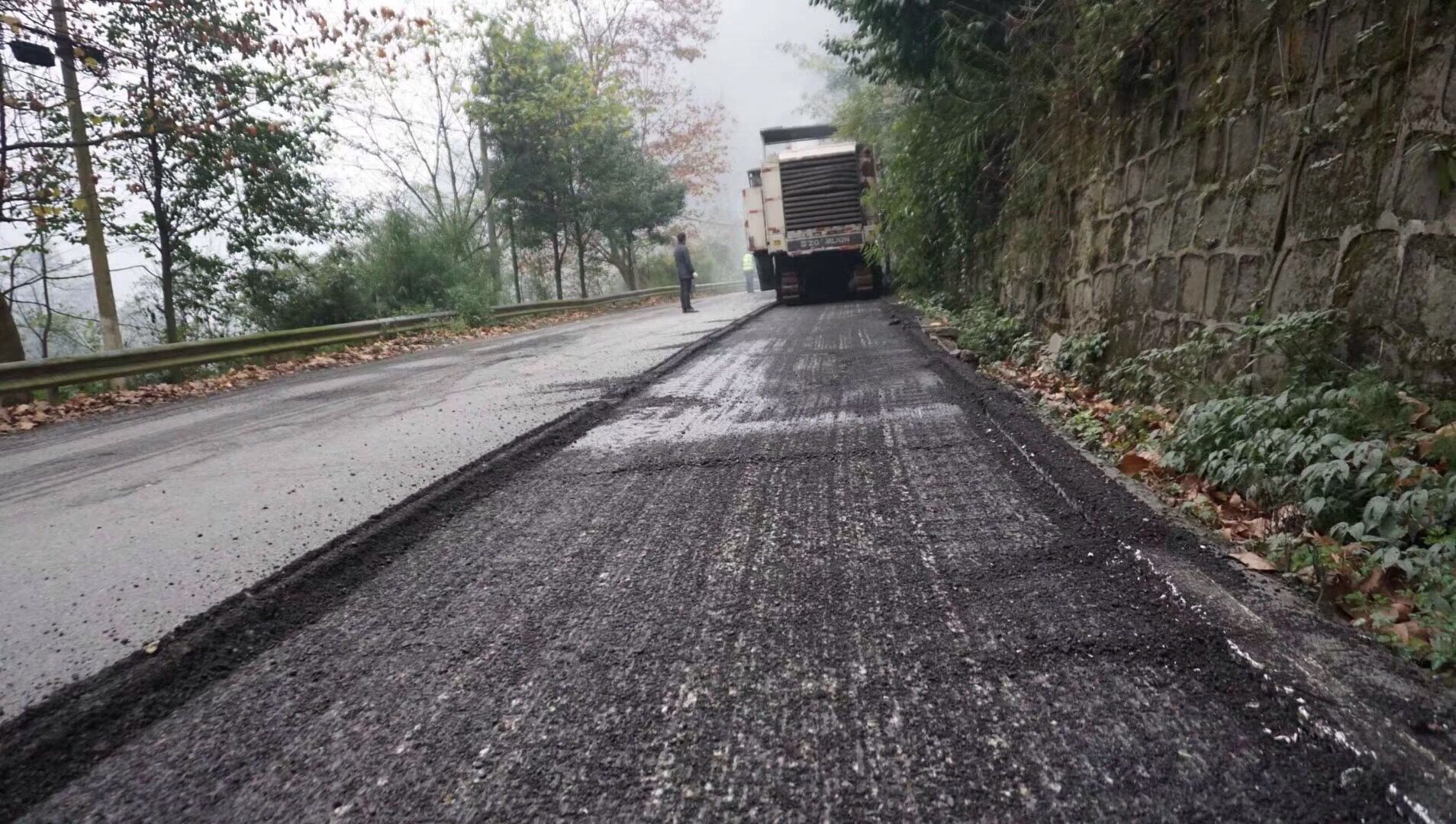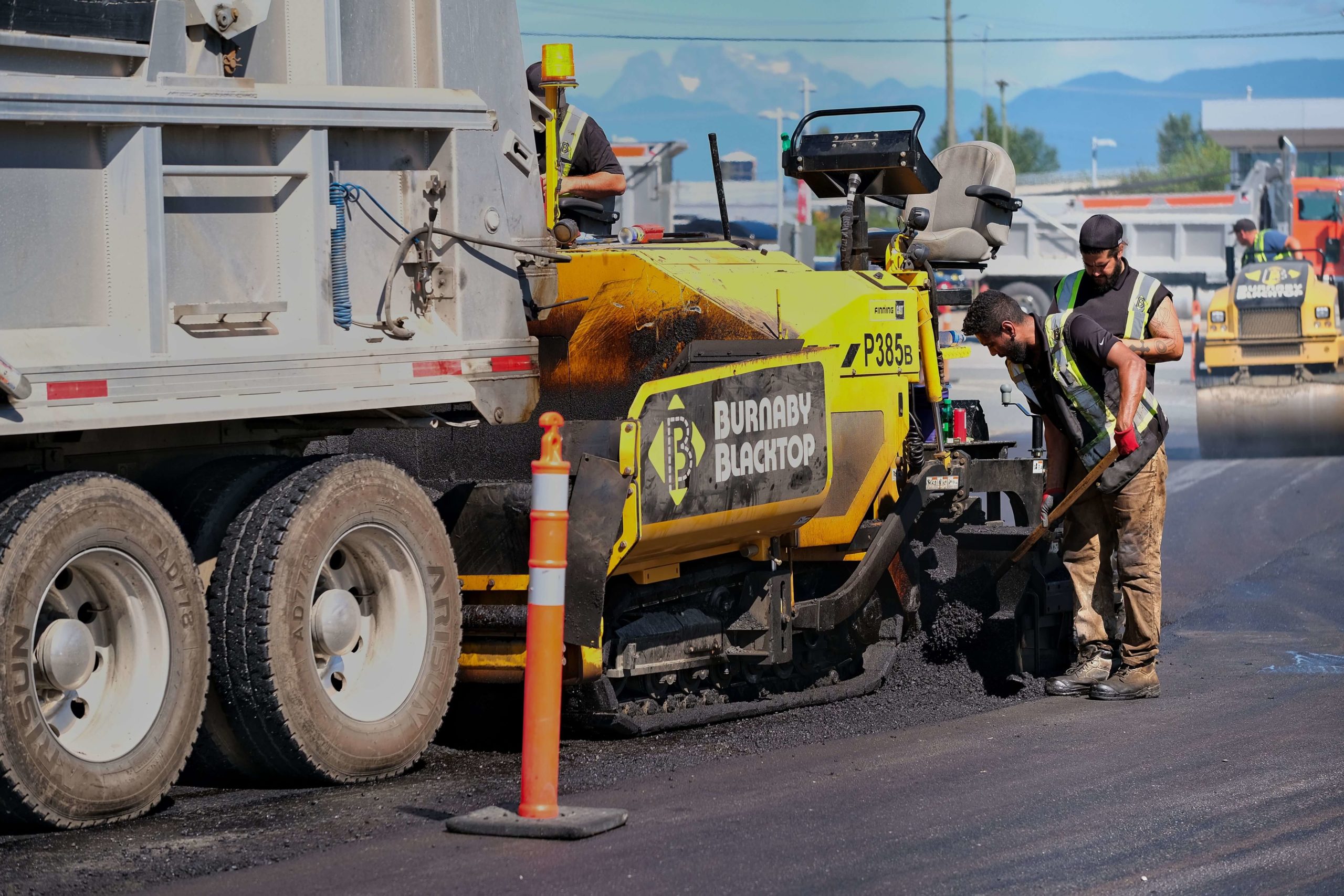An Unbiased View of A1 Professional Asphalt & Sealing Llc
Table of Contents10 Easy Facts About A1 Professional Asphalt & Sealing Llc ShownThe Of A1 Professional Asphalt & Sealing LlcThe Best Strategy To Use For A1 Professional Asphalt & Sealing LlcThe 10-Minute Rule for A1 Professional Asphalt & Sealing LlcThe 4-Minute Rule for A1 Professional Asphalt & Sealing Llc

The oil in an auto engine is not just oil. It consists of a range of ingredients to improve the car's performance. These include polymers, viscosity modifiers, heat stabilizers, added lubricants, and wear additives. The REOB consists of all the additives that remained in the waste oil along with the wear steels from the engine (generally iron and copper).
By making lots of blends using different REOB samples and various asphalt binders, the variants greatly can be balanced out. Numerous States gave samples of recognized REOB composition to TFHRC researchers, that examined the samples to contrast the percentage of included (understood) REOB to the located (tested) quantity. The analyses showed a similar percentage of added and found REOB.
Some Ideas on A1 Professional Asphalt & Sealing Llc You Should Know
None of those States understood that the asphalt they were getting had REOB. One State urged its samples had no REOB - http://go.bubbl.us/e16bb8/19e3?/New-Mind-Map.
Of the 1,532 examples evaluated, 12 percent had REOB, and some included appreciably high degrees of it at 1020 percent. The highest degree was 34 percent in a sample from Texas, which TxDOT had actually utilized in a patching substance. This testing additionally disclosed the visibility of phosphoric acid in 11 percent of the samples, and 2 percent included ground tire rubber.
Two years earlier at TRB's yearly meeting, the Federal scientists held an REOB workshop and offered the findings of their lab evaluations to a standing room-only group. Some companies do not specifically prohibit REOB, they do impose physical examinations that avert its useeffectively a ban. Others do not outlaw it by specification, yet have contracts with asphalt providers to stay clear of the usage of REOB
An Unbiased View of A1 Professional Asphalt & Sealing Llc
Ohio and Texas limitation levels to much less than 5 percent of the asphalt. To establish a reputable examination technique that all States can make use of, the TFHRC scientists established up a round-robin examination strategy.
In total amount, the scientists prepared and delivered 720 blends. The individuals are evaluating the samples individually making use of the guidelines supplied by the TFHRC scientists. The round-robin testing is virtually completed, and TFHRC remains in the procedure of collecting the outcomes. The result will be a recommended AASHTO examination approach that any State can take on and utilize (what is cold asphalt?).
The pavement with REOB, which lies 0.6 mile (1 kilometer) from the sidewalk without REOB, has similar subgrade, web traffic density, and environment. Nevertheless, the segment of Highway655 with 5 to 10 percent REOB revealed considerable breaking. In this example, the existence of REOB was the identified reason for breaking at a low temperatures.
"In our experience in copyright, also small amounts of 23 percent can be an issue." Similarly, a section of examination sidewalk in Minnesota (MN1-4) discovered to include REOB additionally fractured prematurely. The pavement done well for the click reference very first 3 to 4 years, but then started to split. This sidewalk is also subject to low temperatures.
What Does A1 Professional Asphalt & Sealing Llc Mean?
The tests were not substantial, however they showed that at degrees of 6 percent or even more, the tensile stamina of the asphalt dropped substantially. At a degree of 3.5 percent REOB, the variation in the physical test approaches was above the impact of REOB. Actually, it was tough for scientists to assess whether REOB was present.

One binder parameter taken into consideration is the difference in between the reduced temperature level critical requirements temperature level for stiffness (S) in the flexing beam rheometer and the flexing light beam rheometer creep slope (m-value) noted as Tcritical. Two independent study groups, one from AASHTO and the various other from the Asphalt Institute, wrapped up that even more research study is required on the use of REOB in asphalt.
Formerly, all asphalt testing measured design properties such as rigidity. These tests do not reveal what products had been added to the asphalt. One sample received during the TFHRC research had an extremely weird evaluation. The sample had the complying with test results: Superpave PG 64-28 with a high temperature level grade of 67.3 Tcritical on the flexing beam of light rheometer was 6.7 levels Celsius.

The Ultimate Guide To A1 Professional Asphalt & Sealing Llc
These results show there are weaknesses in the standard design screening procedures that may be manipulated. The manufacturer may have an economic advantage and the item passes all the standardized tests, yet the product may not be advantageous to guaranteeing long-term efficiency. To resolve this problem and the expansion of brand-new asphalt additives and extenders, TFHRC is starting a research study program to utilize portable spectroscopic gadgets, x-ray fluorescence spectroscopy, and Fourier transform infrared spectroscopy to make it possible for evaluations to be performed in the area as opposed to needing to take samples back to the laboratory.